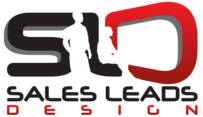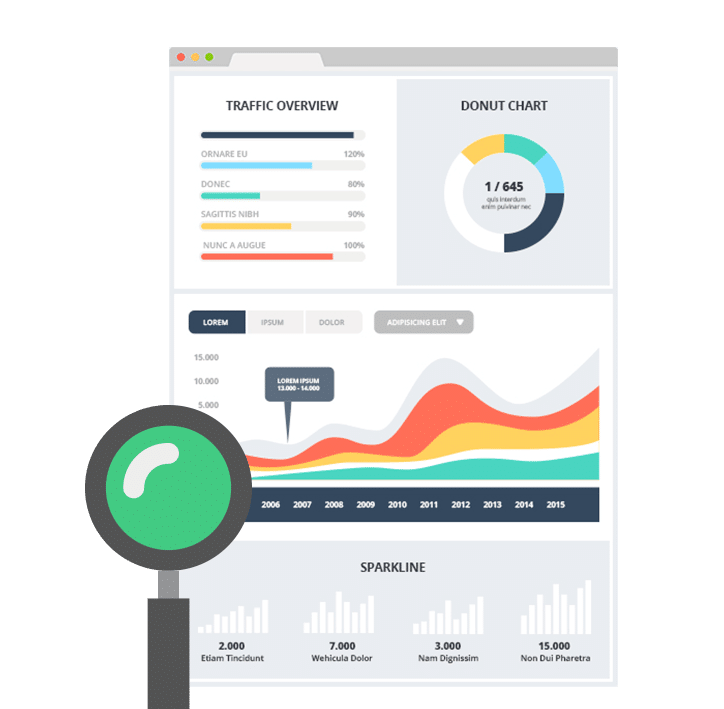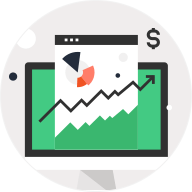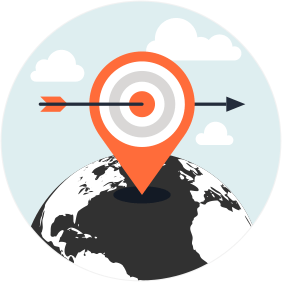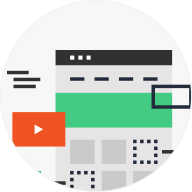Social Media has become a popular online destination for consumers and businesses alike. Businesses that target consumers especially, social channels have become more than an outreach channel to engage customers, prospects, partners and other profiles more directly to advance their brand and messaging. These social platforms have become walled gardens that have demographics on their user base that can be used to more specifically target those audiences only, which has led to the increasing popularity of Social Media ads on platforms like Facebook, Instagram, Twitter, LinkedIn, SnapChat and many more social portals.
Typically, social media ads have a lower cost per click (CPC) in comparison to Pay Per Click (PPC) platforms from major search engines like Google AdWords and Bing Ads. They may not convert as well as PPC at times, but the cost to test out the audience targeting is much less, so the platform fits well with local and regional businesses, even solo freelancers. The reason for the difference in conversion performance is due to search engines sharing intent-based results since the web visitor is seeking specific information via Google, Bing, and Yahoo. Social media profiles on the other hand, like Facebook users, view display ads in designated promotional sections such as their news feed, the right rail and so on, that are shown based on demographic profiling. Therefore, they are not requested by those social profiles, hence the difference in conversion performance results and why higher volume reach is needed on social media platforms in order to generate enough conversions. Social Media ads do work regardless and are used across various industries such as retail to increase sales via promotions and education to boost enrollments or legal to offer assistance for families seeking legal adoption.
For B2B firms that want to use social media, perhaps a platform like LinkedIn which also has a paid ad platform could be a fit. Since LinkedIn is geared towards business users, it has a unique competitive edge over other social sites as a way to connect to new business prospects and partners. In the past, the performance of LinkedIn ads was poor and it was pricey to run campaigns. Since its acquisition by Microsoft in 2016 and updates to its platform since the performance as a lead generation engine has improved. At times, Facebook could also be used for business targeting but it is much more limited in comparison to LinkedIn. A method that seems to be overlooked using social media is linked to Email Marketing since a social audience can be reached via email lists as well as their connections and audiences with similar profiles. All these targets can run as separate campaigns and serve as another way to maximize the CRM database of clients and prospects as well as extend the value of custom lead lists purchased for email campaigns.
A new campaign that could involve social media ads too is Location-Based Messaging so that specific business or even physical addresses can be the focus to serve ads as physical visitors pass specific locations. These display ads could be presented as those profiles are on-site or even after they have left, using their mobile devices to share their geo-position as well as their historical movements along with 3rd party data providers. Running this type of campaign using social media can be quite powerful since it is location-based messaging using a platform like social media that tends to get higher engagement by nature and has more display ad flexibility than publisher sites and apps used in programmatic campaigns.
Remarketing can also be applied to social media channels for lead generation and ramping up sales so that after web visitors depart a brand’s social sites, they see display ads and video ads as they do unto other websites and apps that allow 3rd party advertising in designated promotional areas. These reminder banners will seem as if they are following the web visitors around virtually as they surf the web, with the goal of staying ‘top of mind’ so that they eventually return or go to the main site and convert into a lead or sale. Retargeting offers can also be varied instead of just 1 message only so that multiple banners could also be shared to the same visitor to conduct A/B testing to determine which banner ads perform better than others.
We can also provide graphic design and video production resources to create social media ads as well as social media banners and headers. For retargeting purposes of social media visitors, we can create either static or dynamic online display banners as well as short video segments using original or stock content or even editing an existing TV spot for digital consumption. Typically, most clients choose dynamic display ads over static since more messaging can be shared and the movement gained tends to drive higher click-through rates (CTR), which is key to conversions. When brands select video banners, they also tend to want an accompanying display banner since the pairing of both at the same time has more impact and tends to gain higher recall.
Even though social media platforms offer varying degrees of metrics, what matters most are results. Having the proper reporting tools is key to measuring those results more completely. It is not uncommon for us to get limited lead tracking data on what is working on certain campaigns – online or offline. This is true for Social Media ad reporting too since we prefer to apply additional analytics to all our campaigns to better optimize each program and improve them faster to boost results and ROI. This also lets us and our clients know better where their money could be best spent.

